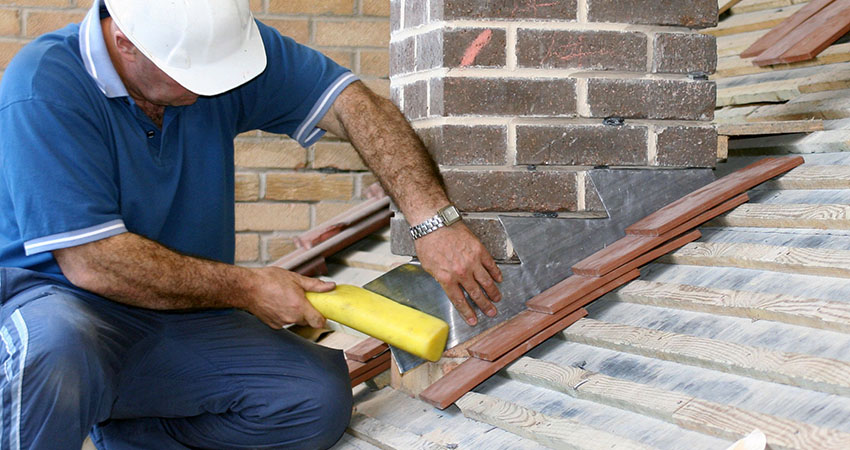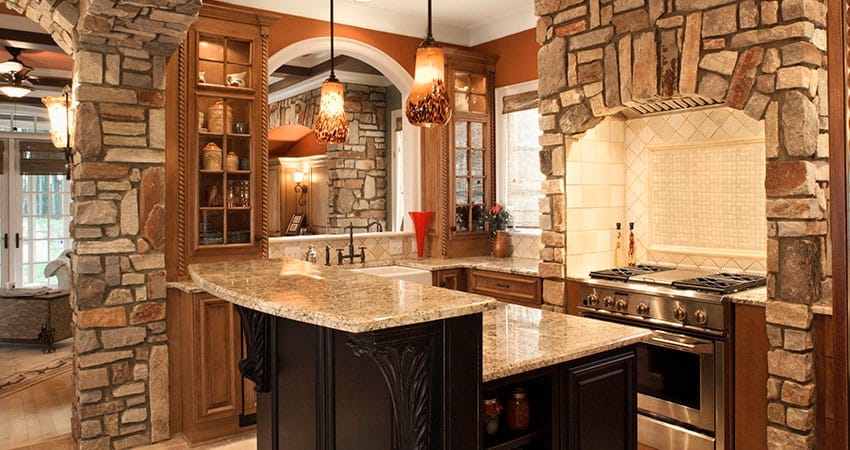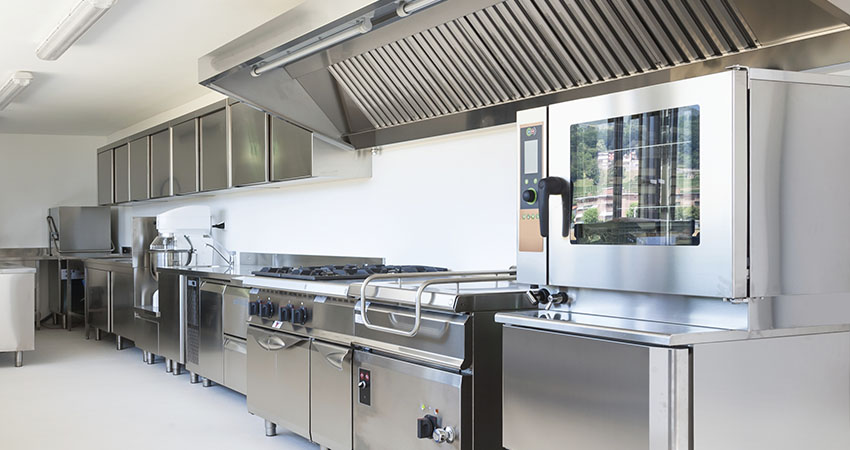Roof is a durable part of your house, but it still requires inspections and repairs. While major roof repairing tasks should be left to the roofing companies, homeowners should be aware of how to tackle basic roofing issues. We are going to share some roof repair tips that will help you extend your roof’s lifespan.
Dress Appropriately
The first thing you need to keep in mind before planning to repair your roof is dressing appropriately, which means you should wear safety equipment. From the outside, the task might look easy but if you have not been on the roof before and it is your first time, you should always be careful.
Depending on the type, you may or may not be able to easily climb the roof. Some roofs tend to be a lot steeper than others. This makes it difficult to grip. At the same time, if there are any trees or other obstacles surrounding the roof, you should get rid of them first.
The reason is that during extreme weather conditions, the tree branches can easily break and end up on the roof, which could easily damage it. If not anything else, make sure you wear rubber-soled shoes to grip the roof, considering the fact there could be water or moisture that could result in slipping.
Run A Thorough Inspection
The next important part of the roof repair process is running a thorough inspection of the roof. One thing you need to keep in mind that most homeowners often take for granted is that no matter how well-maintained the roof is, some external factors can still cause damage.
In simple words, even though the roof has major cracks, damage, etc. it might have minor problems. Sometimes, there are minor cracks, leakages, or damage that gradually turn into bigger problems. Furthermore, such leakages are not even visible.
Therefore, you will need to take some time and put quite a bit of effort into inspecting every inch of the place. You will also have to inspect the shingles to make sure they are not loose or damaged. And if you happen to have an attic, include that in your roof inspection as well.
The reason is that some leakages can also end up in or begin from the attic. Then again, homeowners are mostly unaware of such basic factors. Searching the attic for any leakages might save you from a lot of confusion down the road.
Look For Stains
If you observe that your roof is leaking, you should look for stains, which is the hardest part of the job, to be honest. Leakages can take place in different areas of the house and tracking the source can be complicated. It could be that the leakage developed in a different room and ended up in another.
That said, the roof is the first place you are going to begin your inspection and look for any cracks or damage caused by trees, shrubs, etc. We are looking for penetrations in this case that are the most common type of leaks. At the same time, if the shingles are strong such as slate shingles, it is unlikely that leakage will take place.
On the other hand, if the roof tends to be old and not well-maintained, it might be that the leakage was caused due to a shingle being damaged. Another problem with penetrations is they could affect the plumbing, dormers, roof vents, and chimneys. If possible, take help from a friend or a family member. This will make things a bit easier.
This will be a lot of help if you have been all around the roof and the attic looking for leaks and still haven’t found anything. Ask your helping hand to go inside the house and look for drips of water. Meanwhile, you need to go up on the roof with a garden hose.
Make sure to form sections and proceed accordingly. This way, your helper will be directly underneath you and can spot leakages far more easily. If a leakage is found, the helper can yell and you will be able to detect the root cause of the leakage more clearly.
Sometimes, the shingles and everything else might look perfectly fine but since one cannot take a look underneath, there could be a lot going on. In such a case, you will need to remove the shingles and inspect the issue.
Repair Or Replace Damaged Or Missing Shingles
When searching for leaks on the roof to carry out roof repair, look for shingles that are cracked, rotten, or missing entirely. You will need to replace these shingles. Start by removing the shingles by lifting them from the edges and removing the nails using a pry bar.
After removing the nails, you can slide out the shingles. Then, scrape any residue cement from the roof and remove any remaining protruding nails. Before installing the new shingles, you should round the back corners. For this, you can use a knife or anything else. This will allow you to slide in the new shingles easily.
Keep in mind that the shingles need to go in place properly. If that is not the case, the area will remain exposed and might develop leakages in the future.
Check Vent Boots
While inspecting the roof for any leakages, you should also check your plumbing vent boots and roof vents to determine if there is a problem in any of these areas. You should look for cracks in the rubber flashing or broken seams in the metal. It could be that the rubber gasket surrounding the vent piping is rotten.
If any of the above areas are cracked or damaged, you have to repair them to prevent leakages in the future. Most of the time, people have to replace the vent pipe rubber boot entirely. Remember to use washer-head roofing screws so they stay in their place.
Inspect Roof Dormers
Roof dormers or dormer walls can provide plenty of space or spots for the water to dribble down and enter the roof. This could happen due to the caulking being cracked or rotten or missing between the corner boards and window and sliding edging. In the case of a leakage, the water makes its way through these cracks, behind the flashing, and into the house.
Even a perfectly fine-looking caulk can also be the culprit. It might be that it is not properly sealed against the adjoining surfaces. To replace the caulk, you will need to use a putty knife to make sure the area is sealed.
Remove and replace the existing caulk with new quality caulk. Still, if this does not stop the leakage, you will need to consult an expert who can help you out with the problem.
Conclusion
In the end, roof issues can surely be irritating and frustrating. However, you do not need to panic and be mentally prepared to tackle the issues. Always protect yourself first and keep the tips mentioned above in mind to thoroughly inspect and fix the roof. Plus, ask for a helping hand or call in a roofing contractor if the issue is major or far more complicated than imagined. brus



